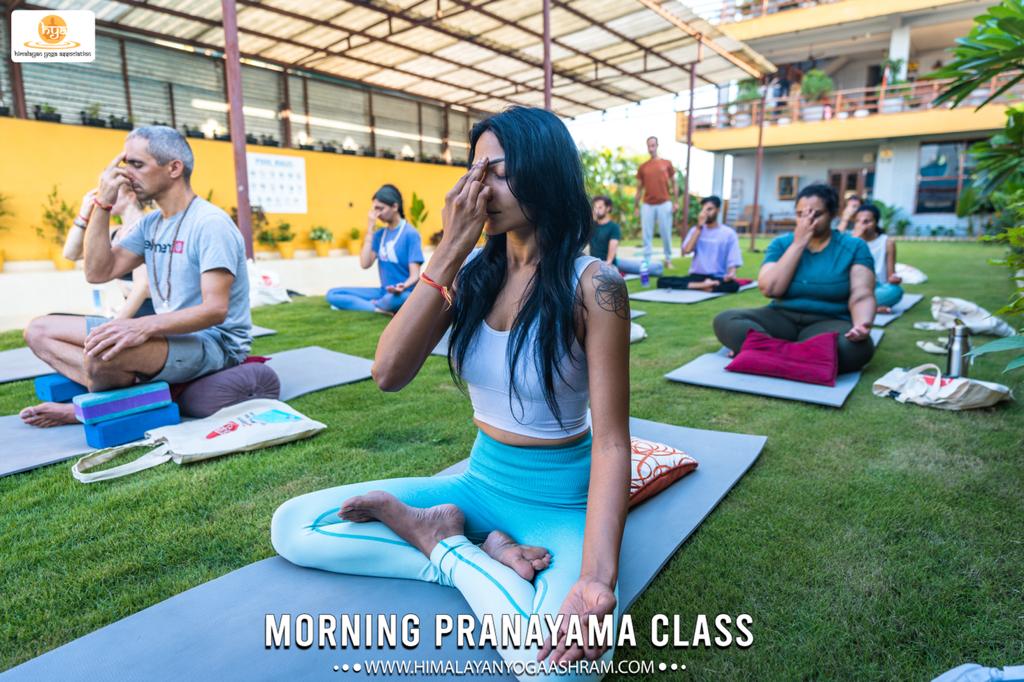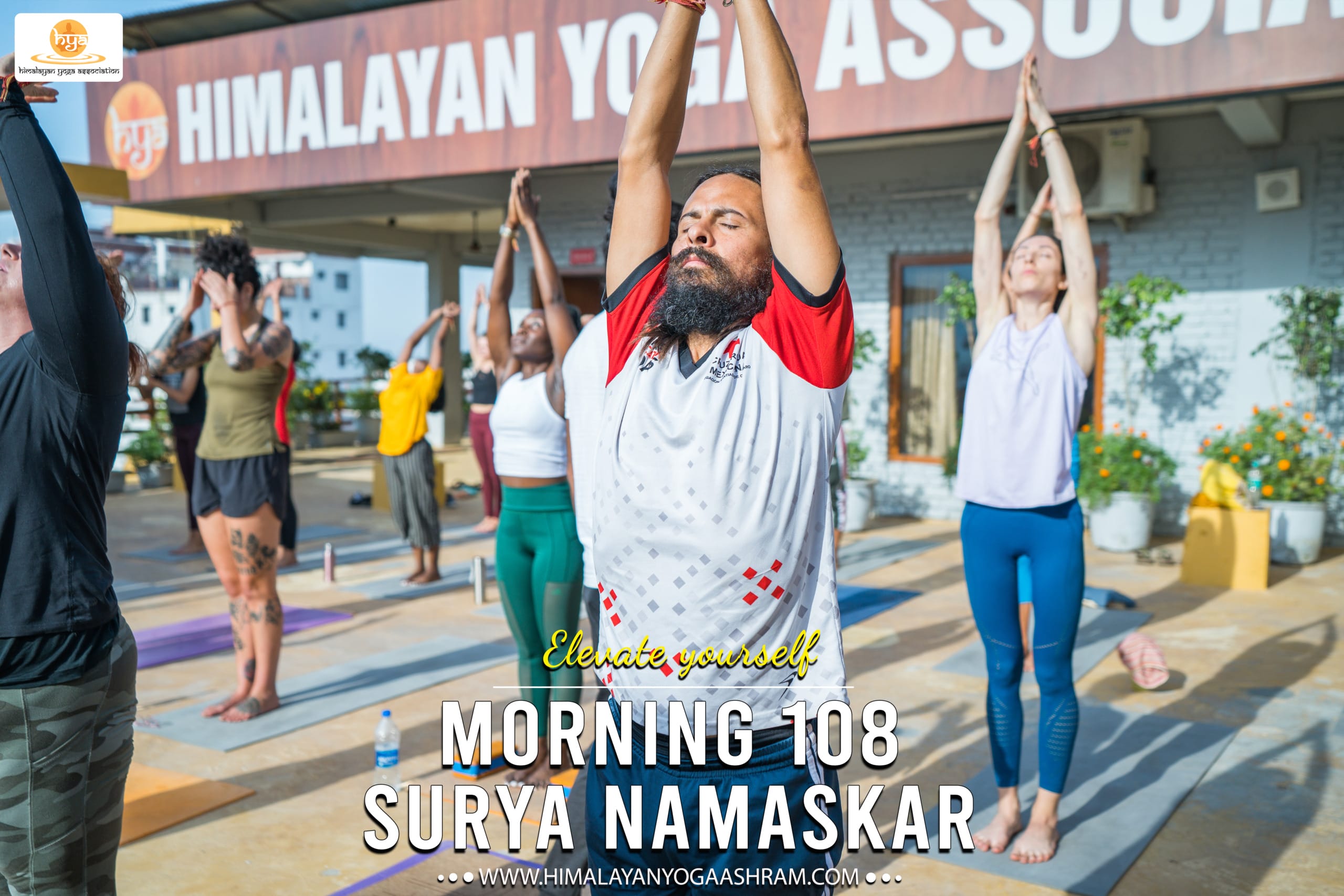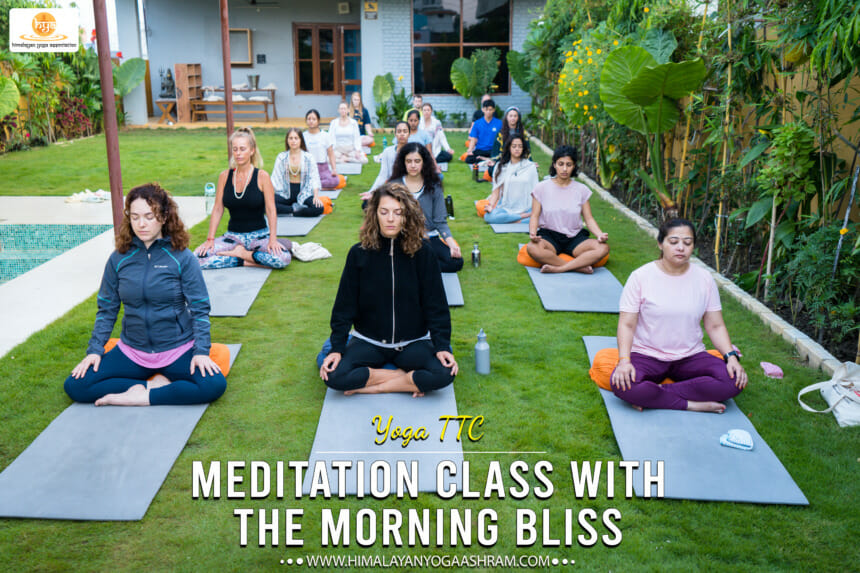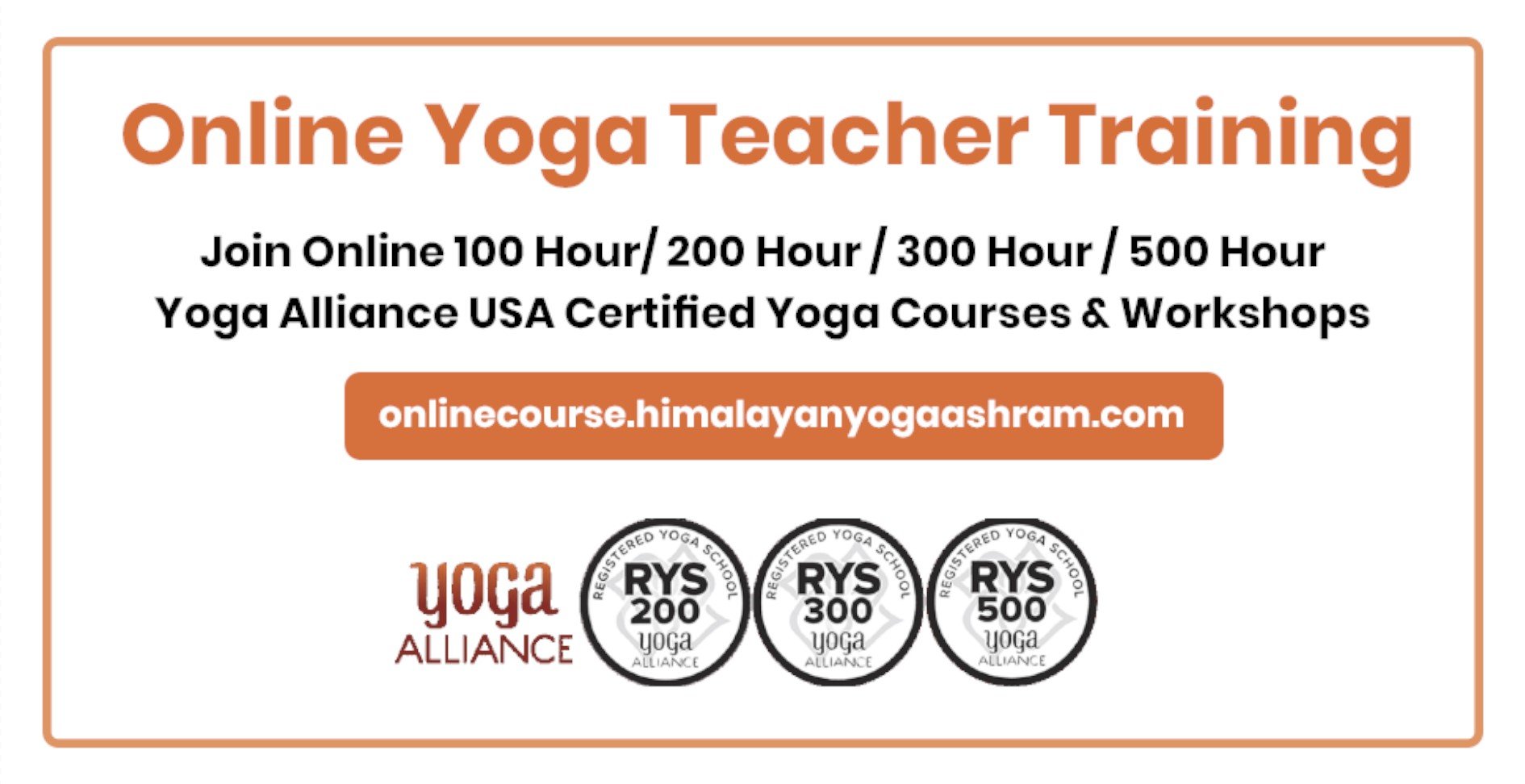Exploring Kapalbhati Pranayama: Benefits, Step-by-Step Guide, and Essential Precautions
By Himanshu JoshiYogakapalbhanti, morning yoga, pranayamaPranayama or “controlled breathing techniques” have proved to be useful in maintaining a healthy body, mind, and spirit. Such methods have become rather significant ever since the pandemic. One of these is the Kapalbhati Pranayama, commonly known as the ‘breath of fire’ or ‘the Yogic breath’, and classified as one of the six Shatkarmas or internal purification techniques as per ‘Hatha Yoga’. It is also a part of the Eight Limbs of Yoga as described in Patanjali’s Yoga Sutras.
Kapalbhati is a Shat Kriya, which implies it’s a cleansing technique that helps in the removal of toxins from our body. In Sanskrit, the word Kapal refers to the skull and Bhati means to shine or illuminate. Kapalbhati is one of the most important forms of Pranayama that we must include in our practice if we strive to achieve optimum fitness and energy. It is said that performing this breathing technique can lead to a bright intellect and a shining forehead.
The use of powerful exhalations and the rejuvenating, energising, and heating effect created during its practice appear to be in contrast to the popular breathing techniques that focus on gentle breath control that bring on a calming, cooling effect. This is what makes it even more interesting. Read on to explore how this magical breathing technique could transform us from within!

Benefits
Benefits
The Yogic technique ‘Kapalbhati’ is revered for its profound and revitalizing effects on the body, mind, and soul.
- Oxygenates the Blood
There is no life without Oxygen and Kapalbhati is one of the best methods to raise the level of Oxygen and reduce Co2 in the body; the forceful exhalation expels the carbon dioxide from the lungs and deep inhalation increases oxygen in the blood.
- Enhances Blood Circulation
This advanced breathing exercise boosts proper blood circulation in the entire body, enabling all our organs to function properly.
- Boosts Heart Health
Active exhalation and passive inhalation helps to de-stress the mind and therefore is a wonderful technique for our heart; it keeps blood pressure in check and relieves depression and stress, which are the leading causes of cardiac arrest around the world.
- Improves Breathing
Further, it gives strength to our lungs as it increases the capacity of our lungs, thereby helping to combat ailments like asthma and sinus.
- Fights Digestive Issues
Kapalbhati makes our abdominal muscles stronger and alleviates digestive ailments such as gas, heartburn, and constipation.
- Purifies Channels
It purifies the Nerves and the Pranic channels. This Pranayama removes excess of Kapha (one of the Doshas in Ayurveda) from the body.
- Enhances Memory and Concentration
These are enhanced over time as this exercise rejuvenates our brain cells. It aids in decluttering our minds and helps us to control our thoughts.
- Relieves Insomnia and Anxiety
Kapalbhati helps to cure Insomnia and uplifts our mood. It boosts the production of happy hormones like Endorphins and relieves us of anxiety and tension
- Nourishes Skin and Hair
Further, practising this yoga asana improves the quality of skin and hair. As Kapalbhati increases the flow of oxygen to the head and face region, it clears out toxins and reduces free radicals from these areas. This adds a radiant glow to your face and boosts hair growth.
- Aids in Weight Loss
It helps to remove abdominal fat and is an excellent practice to cut down on obesity. Additionally, the Hatha Yoga Pradeepika claims that Kapalbhati pranayama removes all the impurities from our body. The profound breathing involved in Kapalbhati increases oxygenation in the body and improves metabolism thereby promoting weight loss. This breathing technique also increases the pitta, and hence the metabolic rate, which is known to support weight loss.

Step-by-Step Guide
- First of all, make sure you find a quiet place to practice. Sit on a Yoga mat comfortably in Sukhasan or Vajrasan or Padmasan; ensure that your head and back are straight.
- Place your palms on the knees and breathe normally. Close your eyes and relax your shoulders.
- Next, inhale slowly and deeply with both your nostrils while focusing on the belly region and fill up yourself to the maximum.
- Then, quickly contract the lower belly to push a burst of air out of your lungs. In the process of exhaling, pull your navel back towards the spine, as much as you can. Your exhaling should be fast and feel like a light outburst and you should be able to hear a hissing sound, while you pull your stomach inwards.
Note: When you inhale, the stomach should come outwards, and upon exhalation, it should move inwards. The technique focuses on the lower belly movement, alternating short explosive exhales (marginally longer) but passive inhales.
- Now, breathe in and out rapidly, with exhalation being forceful. The inhalation should be passive and normal. During exhalation, the belly goes inside forcing out the air from the lungs. Relax during Inhalation and fill the lungs again with fresh air.
- Get back to the initial position by expanding the abdomen. Repeat the process till you release all the air from your lungs. Continue to perform the breathing technique slowly, creating a stable, regular rhythm.
- Once you can maintain a sufficient pace, repeat the process 8-10 times. Take 20 such breaths to complete one round of Kapalbhati Pranayam.
- After the number of rounds, relax and breathe normally, till the breathing rate comes back to normal.
When we breathe normally, inhalation is the active process while exhalation is passive; in Kapalbhati, this is reversed. Thus, remember to focus on exhalation. After a few days of practice, the exhalation and inhalation process will transform into a smooth and automatic one. As you become adept at performing this technique, increase the number of breathing cycles to 30 times, slowly moving up to 100 as you progress. One may have multiple sittings – one in the morning and one in the evening as per the needs, conditions, and goals.

Essential Precautions
All yoga asana and techniques require a trained professional or yogi to guide the proper execution of these exercises for effective results. In particular, Kapalbhati can make people feel anxious and dizzy and cause side-effects if not done correctly, therefore, start with this practice slowly under the guidance of an expert yoga practitioner.
- One must practice Kapalbhati on an empty stomach. So, early morning is the ideal time for practice. It can also be done in the evening if there is a gap of about 4 hours after the last meal.
- It is NOT recommended if you have any ongoing respiratory issues. Individuals suffering from hypertension or heart problems should engage in this breathing technique only under the supervision of a qualified Yoga teacher. It must be avoided if you have an artificial pacemaker or stent.
- Do not practice this if you have high blood pressure as this might worsen the situation.
- If you have had any surgeries recently, consult your doctor before engaging in practice.
- Avoid this Pranayama if you had abdomen surgery or if you are suffering from an abdominal infection as it may make it worse.
- Women must avoid this breathing technique during and soon after pregnancy. This would exert pressure on the abdominal muscles and the surrounding area, which can be fatal. It is also not recommended during menstruation.
- Avoid this Pranayama in case of slipped disc as it may aggravate it by putting pressure on your spine.
- Individuals with a tendency to develop gastric ulcers should refrain from performing Kapalabhati as it may worsen the case.
- Do not practice this in case of Epilepsy or Vitiligo.
- In case of any discomfort, dizziness, or pain during the practice, pause immediately, breathe normally, and resume at a slower pace once the symptoms subside. If any issues persist, it is advisable to discontinue the practice and consult a Yoga expert before resuming.
Kapalbhati Pranayama is a significant part of the ancient yogic system and offers a plethora of benefits when practiced on a consistent basis with the right technique. According to the classical Hatha yoga system, it is essentially used as an internal cleansing technique as it clears the nasal passages, airways, lungs, and purifies the Nadis or the channels to influence the flow of prana in the body. However, it also serves as a preparation for vigorous and advanced breathing practices like Bhastrika. Kapalbhati increases the healing capability of our body. As the rate of respiration goes up, it also increases the Prana flow in the body, which is the basis of all kinds of healing in the body.
By performing this exercise every day, in combination with a balanced diet and adequate sleep, we can experience massive improvements in our health. Regular practice of various pranayama exercises not only provides a multitude of health benefits but also promotes a blissful and meaningful way of life.






